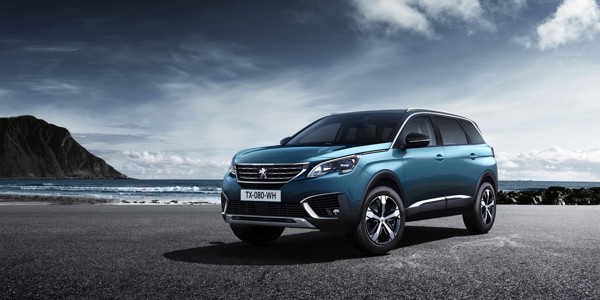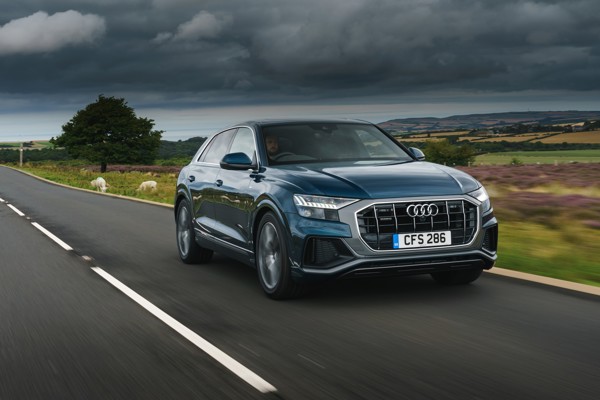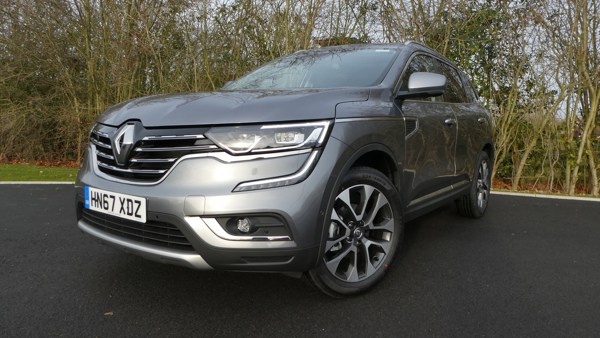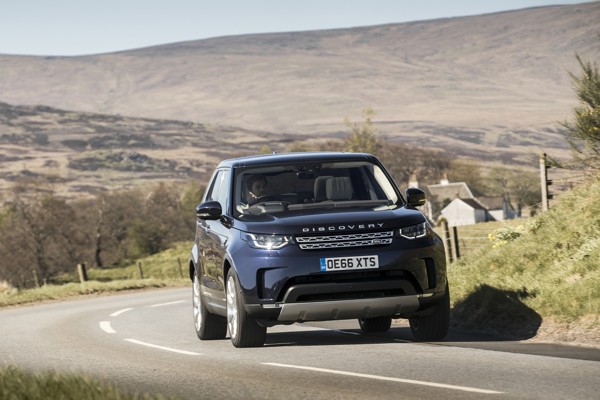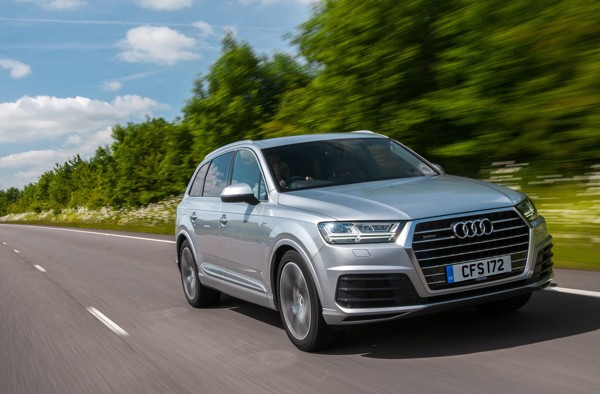Review
In 2014, Nissan morphed the X-Trail, from a tough, rugged off-roader into a softer, family focused SUV. It’s a strategy that dramatically increased the number of drivers of the vehicle worldwide – Nissan claims it’s the world’s most popular SUV, with 766,000 sold in 2016.
Three years on, and a series of tweaks have been made to ensure the vehicle keeps that top spot. Refinement is the name of the game – none of the changes are groundbreaking, but all are worthwhile.
A new steering wheel has a flat bottom for easier access and egress, higher-quality leather, as well as easier to use audio and menu control buttons.
Most of the other enhancements are only really seen at the top end of the range on Tekna trim – the level Nissan expects nearly 40% of buyers to opt for.
Improved sound deadening makes the cabin slightly quieter, with glossier plastics and more leather on this Tekna trim improving the interior environment.
Safety kit on the Tekna model is good but not exceptional – Around View Monitor uses under-mirror cameras to give a 360-degree birds-eye view of the vehicle's surroundings. There is also Cross Park Assist, pedestrian detection and lane departure warning.
The electric tailgate now follows rivals with a hands free mode, while standstill assist holds the car on the brakes for up to three minutes. The infotainment is still lacking, however, with a low resolution screen and limited mobile connectivity – Apple Carplay and Android Auto are not options.
Visual changes on the outside are minimal – a tweaked front end allows for safety systems to be placed in the main grille behind the Nissan badge. Rear lights are now full LED, with adaptive directional lighting at the front on high-spec trim levels.
Four new colours are on offer, including a burnt orange and bold red, with additional chrome detailing along the bodywork of Tekna trims.
The car drives well both on road and off – with an undulating mountainous gravel track test route defying its ‘soft roader’ image, and proving no problem for the vehicle. Body roll on main roads isn’t excessive, and comfortable seating means more relaxing journeys.
Engines include a 1.6-litre 130ps and 2.0-litre 177ps diesel; in 2WD 130ps guise CO2 emissions start from 129g/km, rising 10g/km for the 4WD. 4WD emissions on the 2.0-litre option start from 149g/km, putting it out of reach for many user-choosers.
Available in both five- and seven-seat guise, at face value the range appears to be well priced, starting at around £25,000 for a Visia entry level 130ps diesel seven seater, against around £28,000 for the equivalent Skoda Kodiaq.
However, full running cost figures and residual values aren’t yet available for the revised model, though its predecessor fared less well than the Skoda on a cost per mile basis.
Specifications shown for X-Trail 1.6 dCi 130 Tekna 2WD.
Author:
Christopher Smith
Specs
| Manufacturer | Nissan |
| Model | X-Trail |
| Specification | X-Trail SUV FWD 1.6dCi 130 SS Tekna 5Seat 6Spd 17MY |
| Model Year | 0.00 |
| Annual VED (Road tax) | £0 |
| BIK List Price | £32,555 |
| CO2 | 133g/km |
| BIK Percentage | 31% |
| Insurance Group | N/A |
| CC | N/A |
| Fuel Type | Diesel |
| Vehicle Type | SUV and Crossover |
| Luggage capacity (Seats up) | 5litres |
Running Costs
| P11D | £32,555 |
| Insurance group | N/A |
| Fuel Type | Diesel |
| Cost per mile | 102.64ppm |
| Fuel | 9.50ppm |
| Depreciation | 89.78ppm |
| Service maintenance and repair | 3.36ppm |
Rivals
Info at a glance
-
P11D Price
£32,555
-
MPG
55.4 -
CO2 Emissions
133g/km -
BIK %
31% -
Running cost
3 Year 60k : N/A 4 Year 80k : N/A -
Fuel Type
Diesel



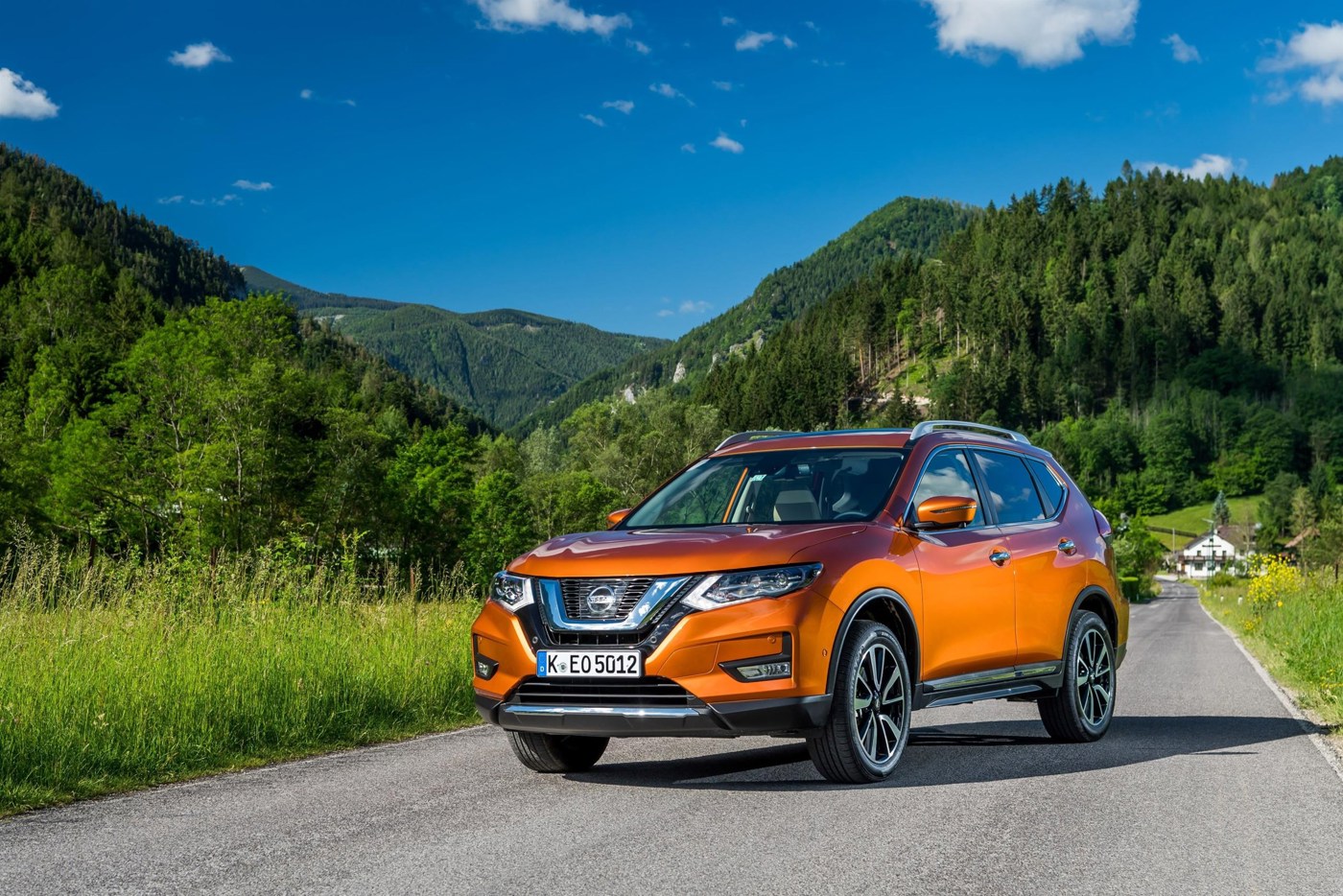
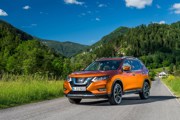





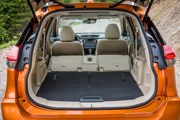
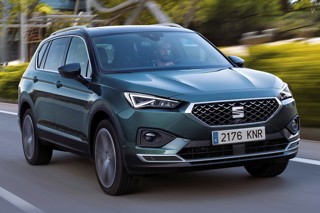
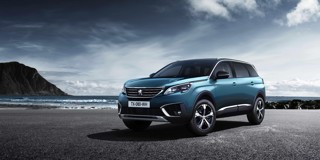
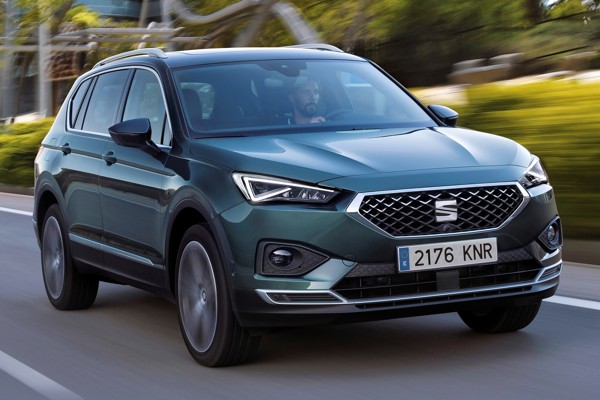
 Diesel
Diesel
